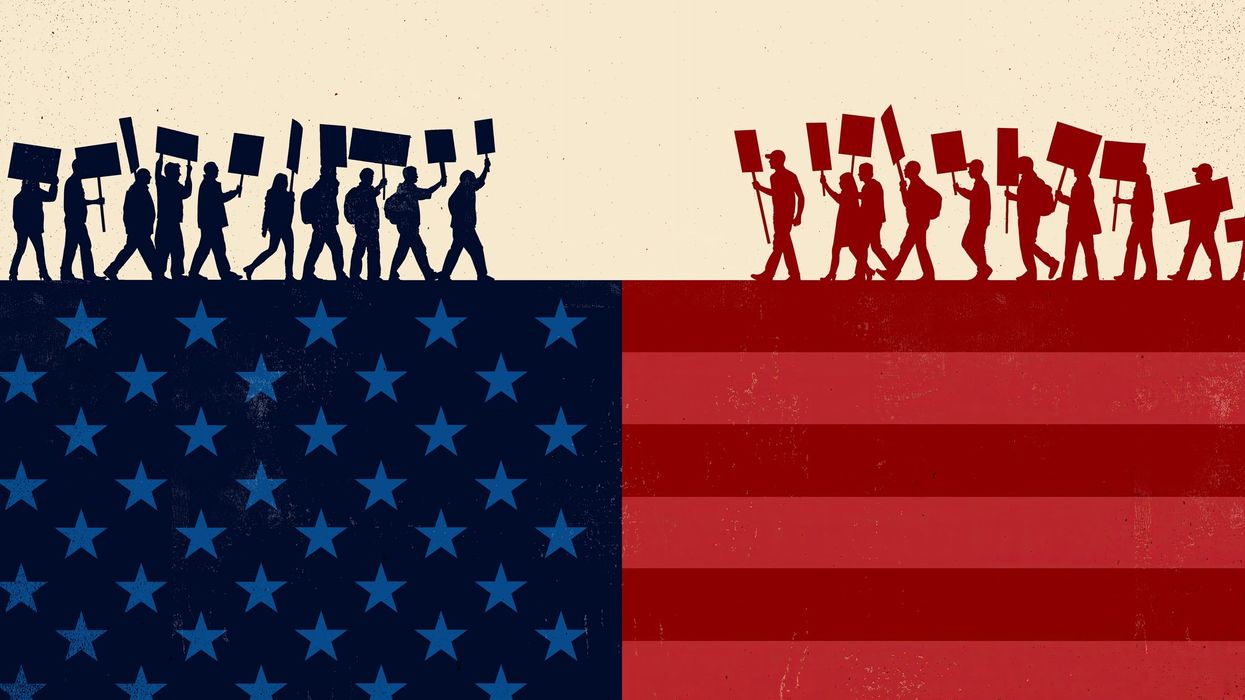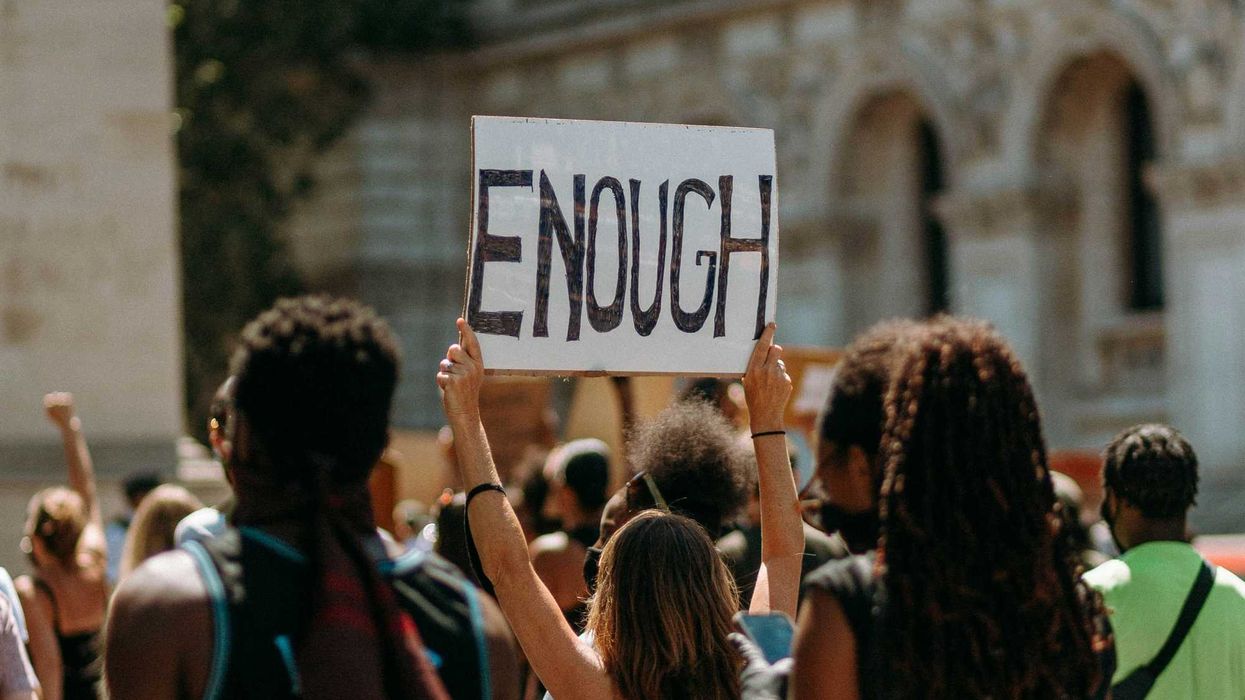Silva is the Director of Engagement at YOUnify and a globally minded leader, cross-cultural communicator, and advocate with extensive experience in a variety of sectors, including all things contributing to DEI.
In part 1 of this series, Doing the Right Thing the Wrong Way, we introduced the notion that some of what challenges DEI+ initiatives in many organizations is the traditional production based business model built on reducing or even eliminating variation in order to maximize productivity. Because DEI+ initiatives are fundamentally based in celebrating and leveraging variation, they can tend to run contradictory to the unspoken cultural influences of certain organizations. Whether or not we’re able to point our finger at it, most of us have experienced this tension. So the question is:
Where Do We Go From Here?
Two terms that I have been using a lot lately to communicate to people what I believe is required to recalculate when an organization’s DEI+ efforts lose their way are intellectual humility and cultural humility. One of my favorite descriptions comes from the Templeton Foundation website which states that intellectual humility "involves recognizing and owning our intellectual limitations in the service of pursuing deeper knowledge, truth, and understanding." In a post that compares cultural competency to cultural humility, therapist matching site, Two Chairs, states that cultural humility “acknowledges that every individual has their own unique culture arising from a variety of sources and that may change based on their context.” In my estimation, the pairing of these two insights functions almost as bumpers at a bowling alley keeping our interactions across the many diversities from going into the gutter.
Without intellectual and cultural humility, we will often rely on our accumulated assumptions or out of context factoids to navigate our interactions. As an example, I began writing this piece after seeing an interaction on Linkedin where a white man was disparaging DEI+ initiatives in organizations and suggested that Chief Diversity Officer roles were just another form of Affirmative Action trying to force unqualified and underrepresented people into the C-Suite. A number of people responded to him both agreeing and disagreeing to varying degrees, to which he would respond in kind.
However, his comments stopped when a Black woman responded with demographics referenced in a Forbes op-ed entitled, This Is Why Corporate DEI Tragically Fails Many Black Professionals, that indicated that the majority of the top leadership roles in DEI+ are actually held by people who identify as White. And while, the accuracy of these demographics have been called into question by some online sleuths, the engagement itself brings up three questions for me regarding why initiatives such as DEI+ and other depolarizing efforts such as those that come under the umbrella of bridging are met with what I consider to be misplaced resistance.
- What do supporters of these efforts feel they have to gain by successful DEI+ initiatives being implemented in their organization?
- What do the resistors of these efforts feel they have to lose if DEI+ initiatives are successfully implemented within their organizations?
- What do these two positions have in common?
In his book, AND: Making a Difference by Leveraging Polarity, Paradox, or Dilemma, author Barry Johnson of Polarity Partnerships, using his polarity mapping tool identifies what he calls [Polarity] Realities, three of which include:
- Within all polarities, there are two equally valid, essential, and interdependent points of view
- The stronger and more absolute one advocates for the value in their point of view, the greater the fear that will be generated in those with the alternate point of view
- The longer and more painfully we experience the downside of one pole, the stronger the fear of that pole and the more we idealize the upside value of the other pole.
As it relates to the work of bringing people together across differences, my experience is that people cannot benefit from the wisdom of Barry Johnson’s observable realities, without intellectual and cultural humility. Or what I sum up as “The Rightness of Being Wrong.” One has to embrace the rightness of being wrong in order to expand and strengthen one’s ability to see multi-dimensionally when it comes to our human variations. Difference cannot be an automatic threat to one’s perceived identity and you have to develop an appetite for wonder. Just like physical muscles are built through resistance training, our relational muscles need a work out or we will cramp up under the weight of ideas that are different than those we are used to. And because there can never be enough body based metaphors since we take them so personally, just like we become more nimble through stretching our bodies beyond their present level of comfort, we can become more nimble minded by stretching our minds with "new to us" perspectives.
"The mind, once stretched by a new idea, never returns to its original dimensions." Ralph Waldo Emerson.
Let's face it. DEI is failing generally speaking because there is not enough humility in the current system. Other than the fact that we are not wired for it, our present culture is not conducive to it. As Einstein warned against, we thought we could use the same mind that got us into this situation to get us out of it and we were wrong. And there is something right about realizing that. But, as my friend and mentor Marshall Thurber says, "The failure of the system is not a failure of the people." Failure is feedback. There are no winners and losers when the aim of the game is truth. There are winners and learners. But, in order to succeed and be a part of the learning team, you must be able to admit that there are limits to your knowledge. That is the rightness of being wrong.
DEI+ is Designed to Break the Rules
Fundamentally, DEI+ initiatives are rule changing initiatives at the least and are a whole new game at their highest expression. But, it is not a game that even some of its most ardent proponents will succeed at if they play the new game with the old rules–the game where minimizing or eliminating variation is the key to success. We must encourage our team members to not be afraid of getting things wrong as they learn to play the new game. And yet, can we blame folks for their trepidation when so many of the referees are folks who don't even know the game is changing?
I believe this is precisely why there is so little patience for folks who have a hard time catching up with the most recent language of inclusion. They are excluded because according to the old paradigm, they now represent the variation and hence the system dictates that they must be eliminated i.e. canceled and in many cases, it doesn't matter what the person's background is. If they want to succeed in the old game playing by the old rules, their salary is going to pay them to not get what's happening. And DEI+ folks and advocates who do “get it” are likely going to burnout and leave because they are playing a completely different game.
Theoretically, the challenges many of these initiatives face shouldn't happen in a culture that truly values Diversity. If an organization can help it, their “top priorities” are never underfunded or don’t lose funding while they are still in their developmental stages. And, regardless of how long an organization has been doing this work, DEI+ is still in its developmental stages with rare exceptions. And yet many organizations who have professed being committed to this work are still using last in first out dynamics for diversity roles when their companies have layoffs. Because just like when a company drops a new product line that doesn't meet its projected revenue goals, when a company loses dollars, DEI stops making sense. DON'T HATE THE PLAYERS. HATE THE GAME.
A Witness and a Warning
Every year in the United States of America, many of us celebrate the legacy of Rev. Dr. Martin Luther King Jr. who was murdered for the crime of asking our country to "Be true to what you said on paper." He died disappointed in our country and questioning whether his dream had become a nightmare and if he had helped integrate his people into a burning building. We rarely hear people talk about this dimension of Dr. King's legacy because it makes most of us uncomfortable, because it suggests that we are still doing some things wrong. We would rather focus on "The Dream" because it is easier to digest than the full picture.
For too long, his legacy has been both a witness and a warning. It is a witness to the human capacity to see beyond the present day into a future of greater relational possibilities even when facing the most strident resistance. And it is a warning to those who try to hold people accountable to their professed aspirations when those people are not ready for intellectual and cultural humility. In effect, those who are afraid of the rightness of being wrong, hold him up to say, "This is what happens when you don't play the game or you try to change the rules.”
A Witness and a Warning Too
Earlier this year, I was asked to join a meeting to explain to leaders in an institution of learning that I had previously advised why I was able to accurately predict the failure of the organization's diversity efforts. Prior to officially hiring the executive tasked with their ambitious diversity goals, I warned them that the position was not optimally structured and lacked the support to be successful. Yet, they proceeded to play the new game by the old rules and did what they thought made good business sense. It didn't matter that I was the only one on the planning team who had worked in "Diversity Recruiting," had a certification in Diversity Training Management, had worked and served in diverse organizations in both leadership and followership capacities, or that I was and still am Black and have had to navigate numerous organizations where I was a super-minority for decades. The leadership in this organization believed that they could use the same mindset that got them into the situation to get them out of it. This is the very opposite of a mindset that fosters diversity and the epitome of the duplication focused production mindset that can't help but alienate variety.
In order to get DEI right, you have to be willing to get some things wrong.
In my opinion, the way many organizations have been approaching DEI+ is like someone trying to run a Commodore 64 with a modern Windows operating system. I mean, you could do it with an external interface. But, why the heck would you want to? Because you've always used a Commodore? That makes no sense. And yet effectively that is what we do with relational initiatives like DEI+. The production mindset is the right mindset for transactional situations. But it is the wrong mindset for relationships. And that is ultimately what DEI+ and other bridging efforts in business and beyond are all about. The challenge is for us to create cultures that are expansive enough to make room for both relationships AND transactions. And as we’ve discussed, creating cultures such as this requires more of us being brave enough to develop a greater capacity for embracing the rightness of being wrong. Because until we can figure that out, we are going to continue doing the right thing the wrong way.
If you're interested in learning more about the Bridging Field that I am a part of and how we're creating the conditions for collaborative inquiry, intellectual and cultural humility, and other aspects of a learning environment where relational initiatives such as DEI+ can thrive, consider joining us and inviting others to The National Week of Conversation April 17-23, 2023. Here Bridging organizations from across the country will offer a variety of opportunities to apply key insights from our work across multiple sectors that include workplaces where DEI+ and other relational initiatives are most visible and where their impacts influence a world looking for better problem solving models.
Other Resources:


















